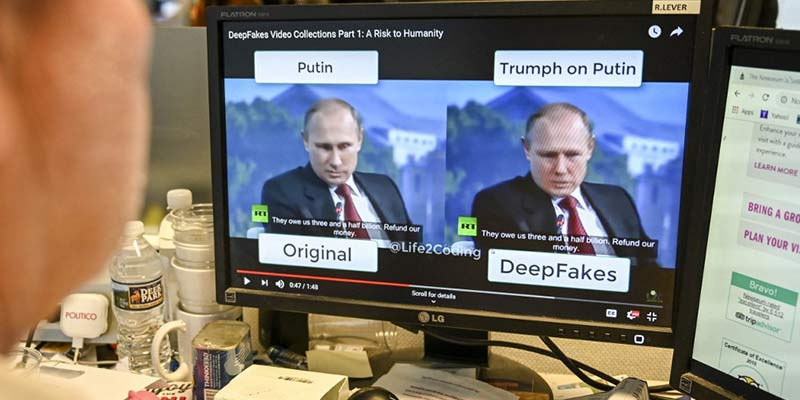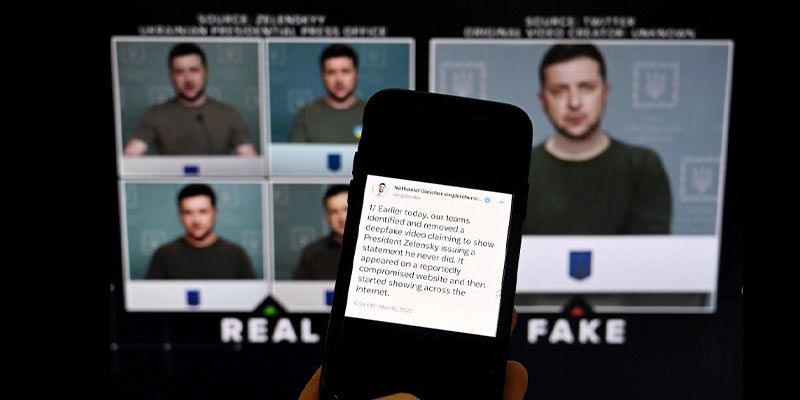- India
- Nov 24
Govt plans regulations to tackle deepfakes
• The government is planning new regulations that may impose penalties on both creator and platform hosting deepfakes.
• Union IT and Telecom Minister Ashwini Vaishaw described deepfakes as a threat to democracy.
• Last week, Prime Minister Narendra Modi also warned about the threat deepfakes pose.
What is deepfake?
• A deepfake is a digital photo, video or sound file of a real person that has been edited to create an extremely realistic but false depiction of them doing or saying something that they did not actually do or say.
• Manipulation of images is not new. But over recent decades digital recording and editing techniques have made it far easier to produce fake visual and audio content, not just of humans but also of animals, machines and even inanimate objects.
• Advances in artificial intelligence (AI) have taken the technology even further, allowing it to rapidly generate content that is extremely realistic, almost impossible to detect with the naked eye and difficult to debunk.
• The term “deepfakes” is derived from the fact that the technology involved in creating this particular style of manipulated content (or fakes) involves the use of deep learning techniques. Deep learning represents a subset of machine learning techniques which are themselves a subset of artificial intelligence.
• One of the most common techniques for creating deepfakes is the face swap. There are many applications that allow a user to swap faces.
• Another deepfake technique is “lip syncing”. It involves mapping a voice recording from one or multiple contexts to a video recording in another, to make the subject of the video appear to say something authentic. Lip synching technology allows the user to make their target say anything they want.
• Another technique allows for the creation of “puppet-master” deepfakes, in which one person’s (the master’s) facial expression and head movements are mapped onto another person (the puppet).
• Using deepfakes to target and abuse others is not simply a technology problem. It is the result of social, cultural and behavioural issues being played out online.
Govt plans new regulations
• Recent deepfakes have brought to the fore the urgency of a regulatory framework for AI in the new Digital India law.
• Union Minister Ashwini Vaishnaw interacted with representatives from academia, industry bodies and social media companies on the need to ensure effective response to deepfake. It was agreed during the discussion that government, academia and social media companies will jointly work towards responding to deepfake.
• Until the regulation is made, social media platforms and companies promised to take all possible measures to prevent the spread of deepfakes.
• New protection regulations being considered will look at measures including watermarking AI-generated content, deepfake detection, rules for data bias, privacy and guards against concentration.
The government would come up with actionable items on four pillars:
i) Detection of deepfakes.
ii) Preventing the spread of such content.
iii) Strengthening reporting mechanisms.
iv) Spreading awareness on the issue.
Manorama Yearbook app is now available on Google Play Store and iOS App Store


